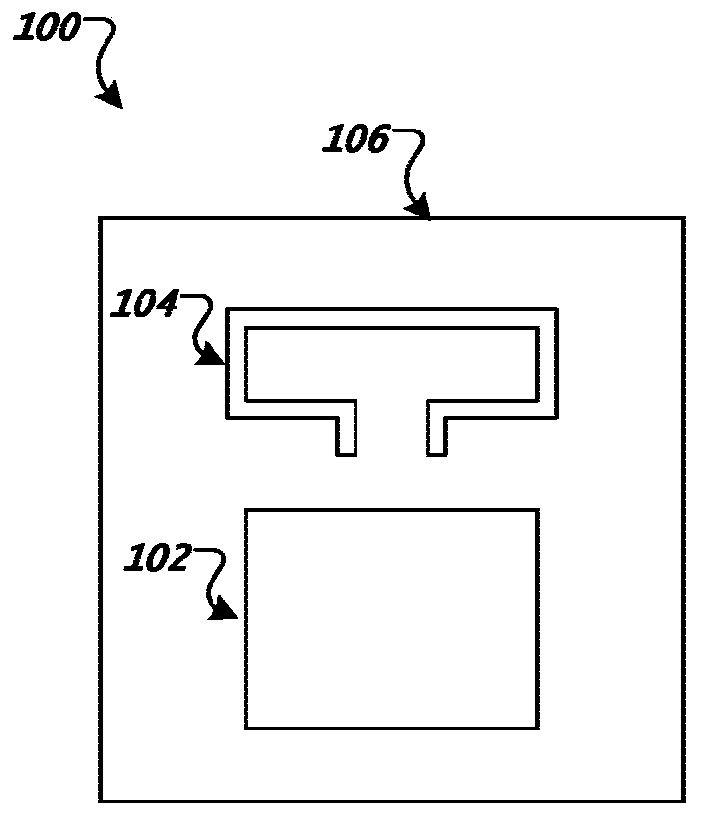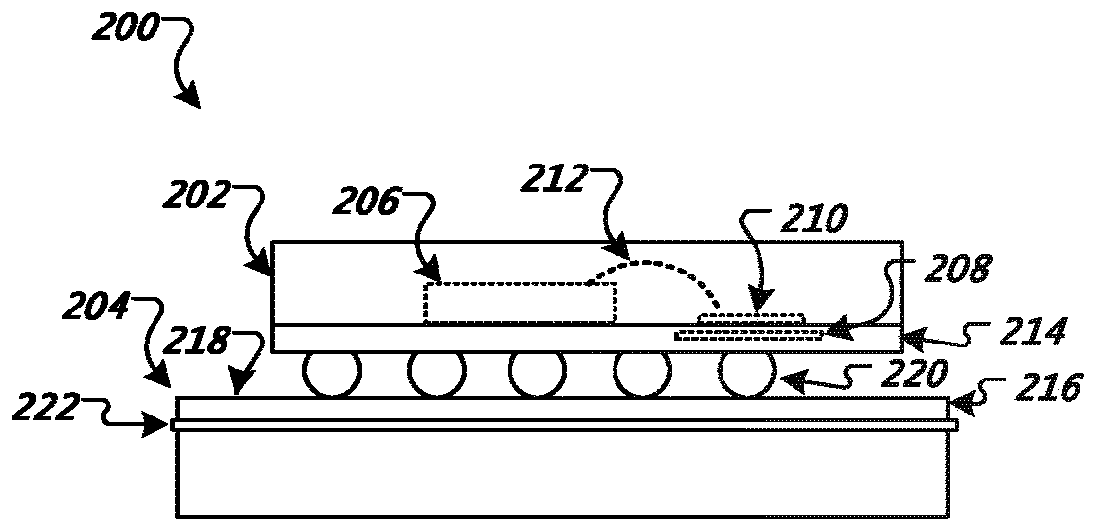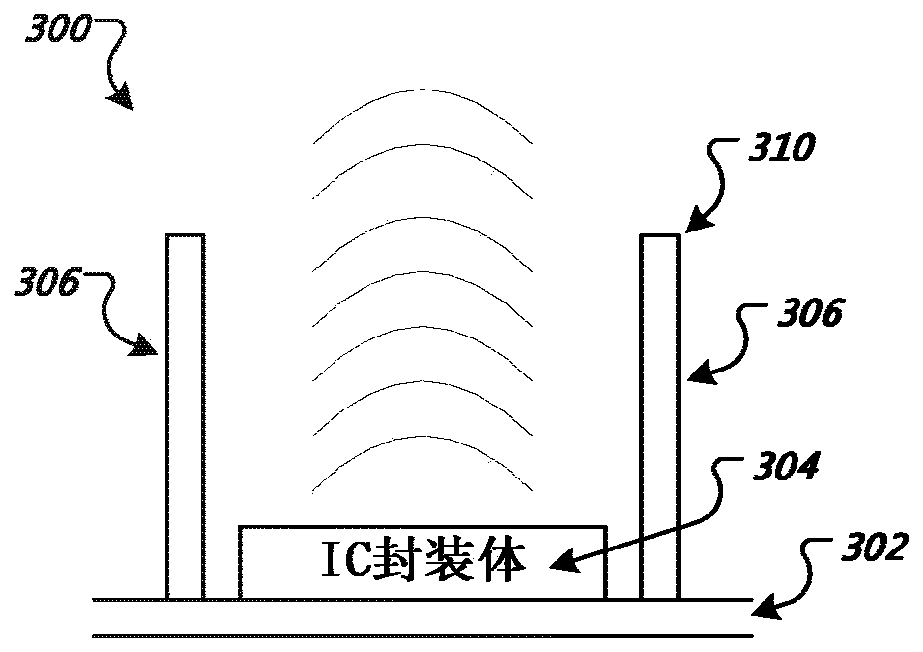Signal Isolation Structures for Electromagnetic Communications
A communication module, signal leakage technology, applied in the direction of crosstalk/noise/electromagnetic interference reduction (, circuit, printed circuit, etc., can solve the problems of signal quality or integrity degradation, PCB discontinuity, mechanical impact effects, etc.) The effect of protecting reserved spectrum, low cost, and effective shielding
- Summary
- Abstract
- Description
- Claims
- Application Information
AI Technical Summary
Problems solved by technology
Method used
Image
Examples
Embodiment Construction
[0031] This specification describes electromagnetic (EM) isolation structures for non-contact communication. Specifically, this specification describes the use of signal isolation structures to guide signals and reduce crosstalk between communication channels. This specification describes metal and absorber structures that can be used to isolate signals that might otherwise interfere with each other (e.g., between communication channels). The signal isolation structure is used to reduce the crosstalk between communication channels, while minimizing the physical separation between channels.
[0032] Contactless communication can be used to provide signal communication between components on a device, or it can provide communication between devices. In one example, a tightly coupled transmitter / receiver pair may be deployed with a transmitter arranged at the terminal portion of the first conductive path and a receiver arranged at the terminal portion of the second conductive path. ...
PUM
 Login to View More
Login to View More Abstract
Description
Claims
Application Information
 Login to View More
Login to View More - R&D
- Intellectual Property
- Life Sciences
- Materials
- Tech Scout
- Unparalleled Data Quality
- Higher Quality Content
- 60% Fewer Hallucinations
Browse by: Latest US Patents, China's latest patents, Technical Efficacy Thesaurus, Application Domain, Technology Topic, Popular Technical Reports.
© 2025 PatSnap. All rights reserved.Legal|Privacy policy|Modern Slavery Act Transparency Statement|Sitemap|About US| Contact US: help@patsnap.com



